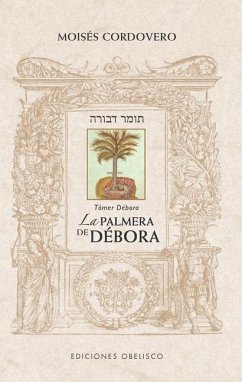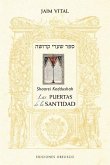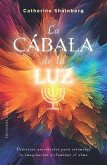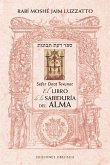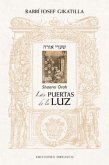Tómer Débora (תומר דבורה), The Palm Tree of Deborah was written in Hebrew in the mid-16th century by Moses Cordovero(1522-1570), better known as the Ramak, a kabbalist who lived in Israel, in the city of Safed. This short but condensed text is an ethical and kabbalistic work in which he proposes a method to imitate God, which Cordovero develops in ten chapters, that describe how to resemble the ten sefirot. This book is the most famous of Cordovero's writings, since it is a moral treatise that was and still is a reference book for certain study circles. It is a work of edification that deals with the way man should behave and the habits that "he should acquire in his relations with others in order to resemble God". What makes this work unique is the combination of ethics and Kabbalah, for it remains first and foremost a Kabbalistic text.
